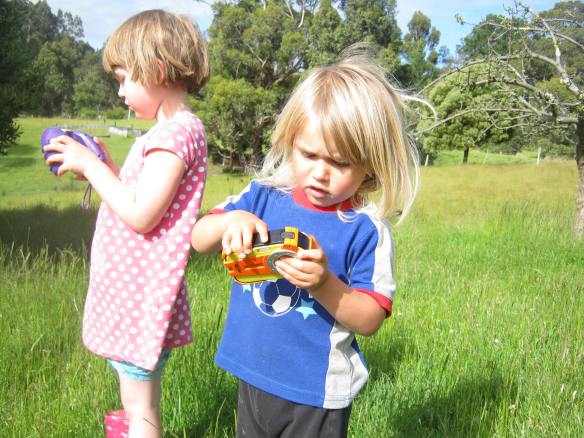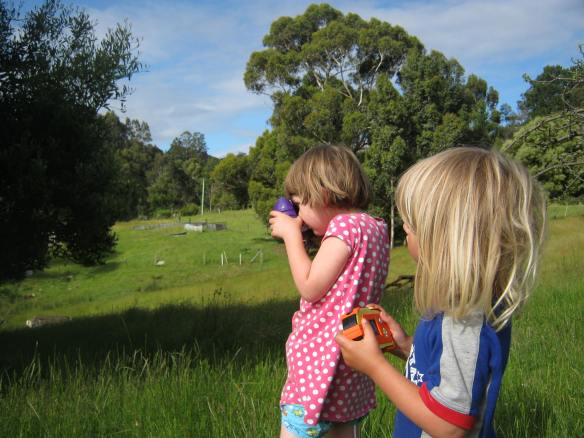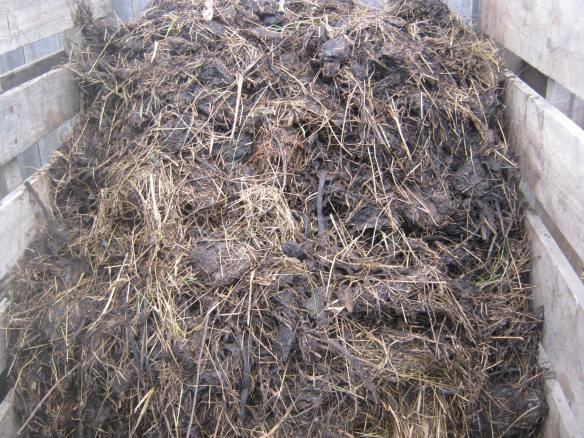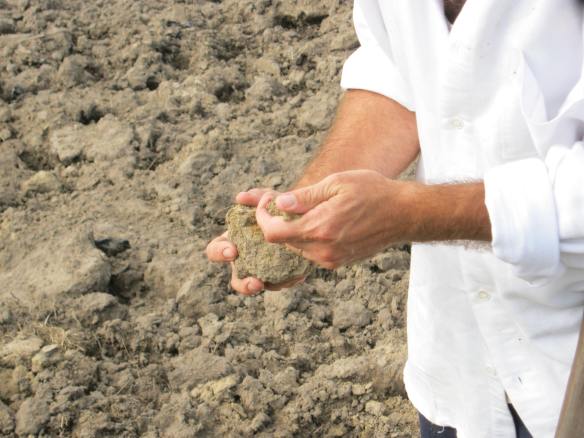The word has got out and
 despite some technical difficulties,
despite some technical difficulties,
 the paparazzi have gathered. (Don’t worry Mum, it’s just some stuff I’ve been looking at on the internet.)
the paparazzi have gathered. (Don’t worry Mum, it’s just some stuff I’ve been looking at on the internet.)
I can’t seem to stop thinking about stuff like this,
 I’ve had plenty of time to think because I have been doing this:
I’ve had plenty of time to think because I have been doing this:
 I must give thanks to some online colleagues for some timely blogs of inspiration. Thanks to Wooleylot for reminding me about Dr Elaine Wingham’s work on compost teas in their ‘Sense of Humus’ blog. Also a very big thanks to Mike and his Tiny Farm blog on an awesome book ‘Building Soils for Better Crops: Sustainable Soil Management‘, I am just over 100 pages in and soaking it up.
I must give thanks to some online colleagues for some timely blogs of inspiration. Thanks to Wooleylot for reminding me about Dr Elaine Wingham’s work on compost teas in their ‘Sense of Humus’ blog. Also a very big thanks to Mike and his Tiny Farm blog on an awesome book ‘Building Soils for Better Crops: Sustainable Soil Management‘, I am just over 100 pages in and soaking it up.
In a nutshell these guys have cleared the sod and fertilized the ground for us, the owner of the sheep that graze on our property turned the soil for us and I’m just finishing off the beds by hand prior to planting. I had hoped to have our rotary hoe up and running for this part but I’m more than happy to finish it off with the mattock. It gives me time to plan what comes next and also allows me to experience the soil with all of my senses.
One of the first things I noticed was the overwhelming smell, when I break the soil, of ‘pigscrement’. I am concerned that we have a sandy loam and with these types of soils it is a challenge to maintain the organic matter, keep the water up to it and increase and improve the organic matter content.
The most important thing I have learnt, so far, from ‘Building Soils for Better Crops: Sustainable Soil Management‘ is that organic matter is broken down into 3 parts; the living, the dead and the very dead.
‘The living part of soil organic matter includes a wide
variety of microorganisms, such as bacteria, viruses,
fungi, protozoa, and algae. It even includes plant roots
and the insects, earthworms, and larger animals, such
as moles, woodchucks, and rabbits, that spend some of
their time in the soil. The living portion represents about
15% of the total soil organic matter…
The fresh residues, or “dead” organic matter, consist
of recently deceased microorganisms, insects, earthworms,
old plant roots, crop residues, and recently
added manures. In some cases, just looking at them is
enough to identify the origin of the fresh residues. This part of soil organic matter is the active, or easily decomposed, fraction. This active fraction of
soil organic matter is the main supply of food for various
organisms—microorganisms, insects, and earthworms—
living in the soil. As organic materials are decomposed
by the “living,” they release many of the nutrients
needed by plants. Organic chemical compounds produced
during the decomposition of fresh residues also
help to bind soil particles together and give the soil
good structure…
The well-decomposed organic material in soil,
the “very dead,” is called humus. Some use the term
humus to describe all soil organic matter; some use it
to describe just the part you can’t see without a microscope.
We’ll use the term to refer only to the well decomposed
part of soil organic matter. Because it is so
stable and complex, the average age of humus in soils is
usually more than 1,000 years. The already well-decomposed
humus is not a food for organisms, but its very
small size and chemical properties make it an important
part of the soil. Humus holds on to some essential nutrients,
storing them for slow release to plants. Humus
also can surround certain potentially harmful chemicals
and prevent them from causing damage to plants.
Good amounts of soil humus can both lessen drainage
and compaction problems that occur in clay soils and
improve water retention in sandy soils by enhancing
aggregation, which reduces soil density, and by holding
on to and releasing water.’
(Building Soils for Better Crops: Sustainable Soil management)
I’ll leave it here for now and keep you updated as we plant out this lovely north facing slope.



Thanks for the mention. Plowing pigs and borrowed sheep always make for an interesting and informative story. Planting on a “…lovely north facing slope.” made me pause for thought until I recalibrated my mind’s gyroscope, and then it all made sense.
I found it interesting how the compost tea article linked up well with the information in the ‘Building Soils for Better Crops’ book. We are working up the soil in this particular patch later than planned and the pressure is on to get the soil covered before summer really hits. We are still getting rain periods (it’s raining now as I type this), part of the reason we hadn’t turned the soil earlier.
I will be looking to use compost teas to replace the micro-organisms that I think we will be losing from any of the soil that dries out too much. Needless to say we will aim to avoid that in any case but ’tis a busy time of year and not all goes as planned.
I always struggle with northern hemisphere planting times and adding the extra 6 months.
Dr. Ingham mentioned ‘Building Soils for Better Crops: Sustainable Soil Management‘ in her soil workshop presentation at Rodale. Other recmmended reading: “Compost Tea Brewing Manual” by Dr. Ingham (self-promation), “10 Steps to Gardening with Nature” by Dr. Carole Ann Rollins and Dr. Elaine Ingham and also a free webinar “Inovative No-till: Using Multi-species Cover Crops to Improve Soil Health” with Jay Fuhrer. Here is link to webinar: http://www.youtube.com/user/NCATATTRA#p/u/2/zjI2zWf4uMI
Enjoy!